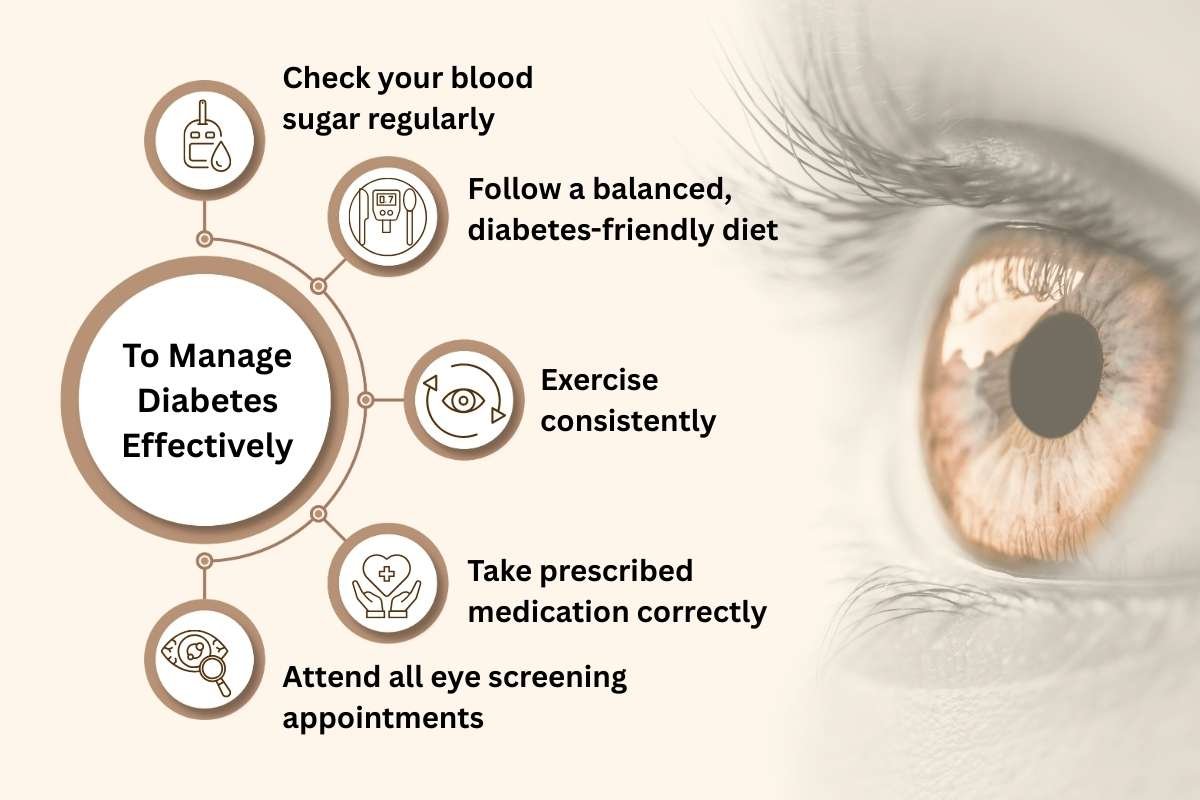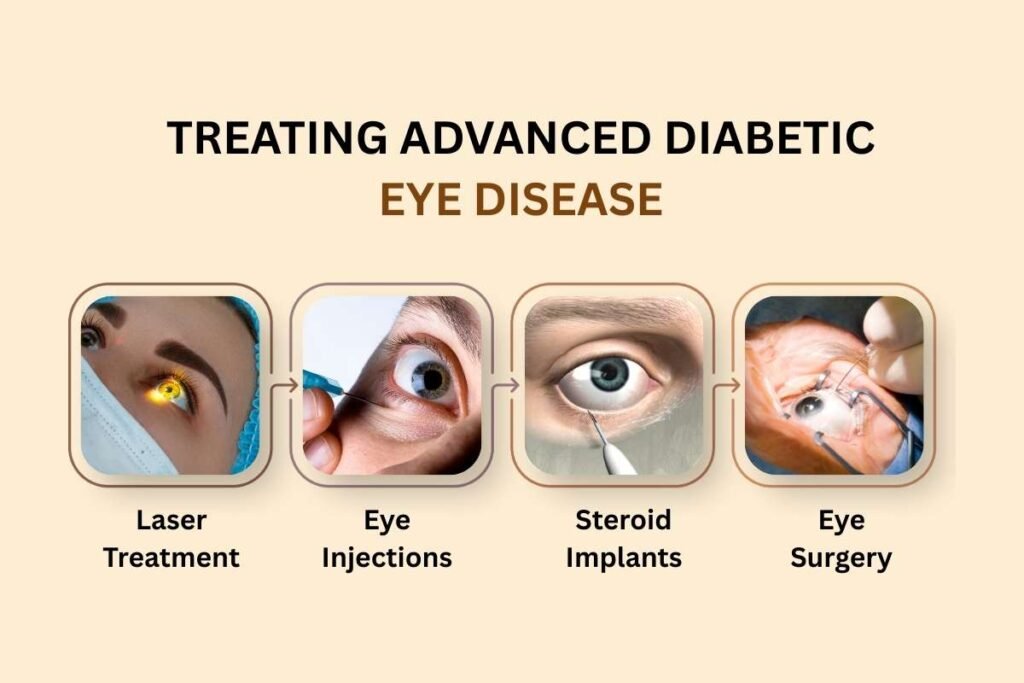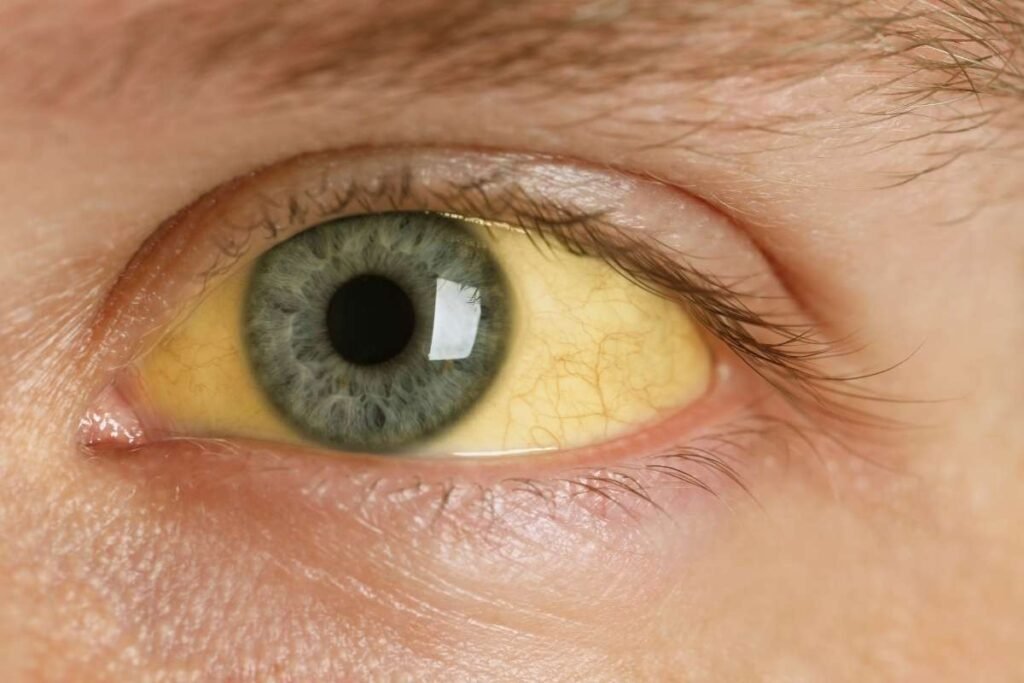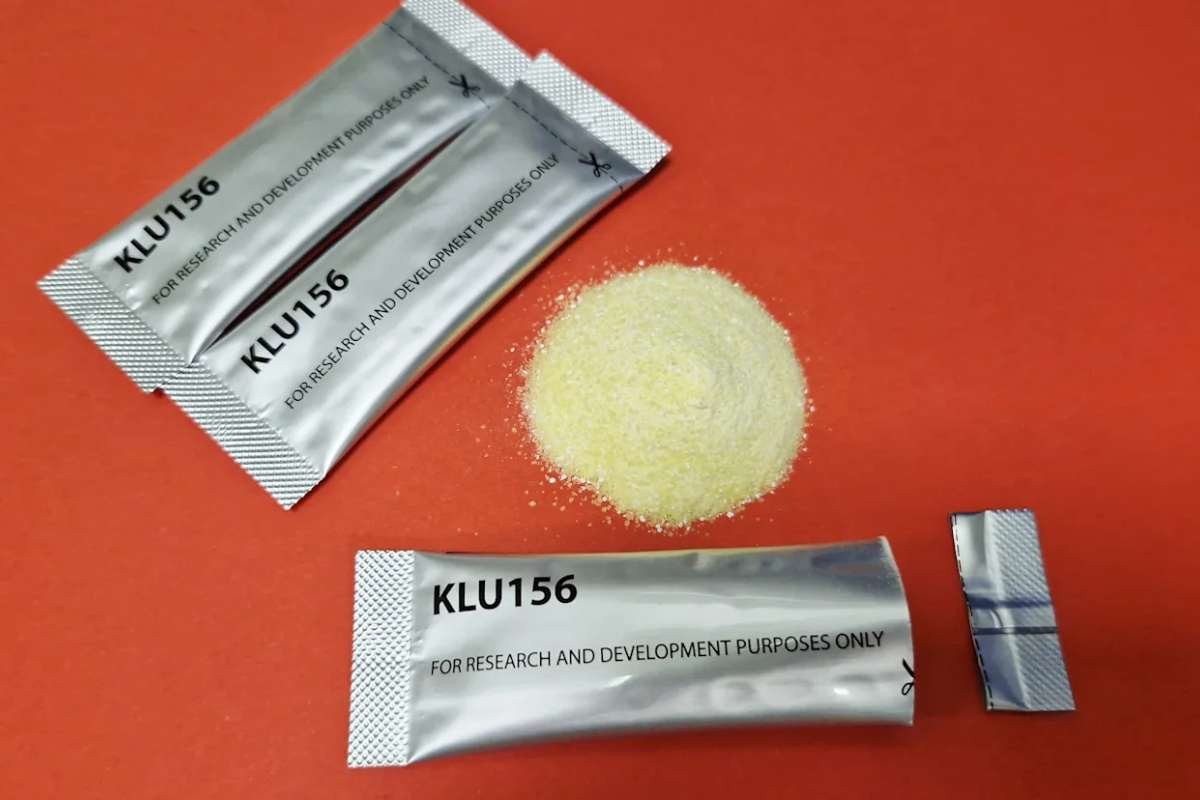Diabetic eye disease includes a group of vision problems that diabetes causes, with diabetic retinopathy being the most common. This condition is a serious threat to eyesight and can develop quietly, without early symptoms. Without proper management, it often leads to severe vision loss or even blindness. This article would help you in Learning how this disease progresses and how to treat it, helping you take control of your eye health.
What Is Diabetic Eye Disease?

This disease refers to eye complications caused by prolonged high blood sugar. Diabetic retinopathy ranks as the most common, damaging the blood vessels in the retina, the light-sensitive tissue at the back of the eye. It may also cause diabetic maculopathy, which affects the macula and impairs sharp, central vision.
Doctors usually start treatment when diabetic eye disease reaches stage 3 (proliferative retinopathy) or when maculopathy causes symptoms. In earlier stages, they focus on monitoring the condition and managing diabetes.
Manage Your Diabetes to Protect Your Eyes
When you control your blood sugar levels, you take the most important step in preventing and managing diabetic eye disease. In the early stages, managing diabetes can delay or prevent eye complications. In later stages, good diabetes control can slow the disease and protect your vision from worsening.
To manage diabetes effectively:

- Check your blood sugar regularly
- Follow a balanced, diabetes-friendly diet
- Exercise consistently
- Take prescribed medication correctly
- Attend all eye screening appointments
By staying consistent with these actions, you lower the risk of developing vision-threatening diabetic eye disease.
Treating Advanced Diabetic Eye Disease

Once diabetic eye disease begins threatening your vision, several treatment options become available. These treatments aim to slow the disease or stop it altogether, but they rarely reverse vision loss.
1. Laser Treatment
Doctors often use laser therapy to treat abnormal blood vessels in the retina caused by advanced diabetic retinopathy. These weak vessels tend to bleed, damaging your sight. Laser treatment helps stop the bleeding and stabilize the retina.
- Procedure: The doctor numbs your eye with drops, widens your pupil, and uses a special lens to keep your eyelid open. Then, they shine a laser into your eye to seal the leaking blood vessels.
- Time: The treatment usually takes 20 to 40 minutes.
- Frequency: You may need multiple sessions to complete the treatment.
Side effects may include blurred vision, light sensitivity, and mild discomfort. Potential complications include reduced night vision, floaters, and in rare cases, a small blind spot.
2. Eye Injections
When maculopathy threatens your vision, doctors may inject anti-VEGF drugs like ranibizumab (Lucentis) or aflibercept (Eylea) directly into your eye. These drugs stop the growth of abnormal blood vessels and reduce swelling.
- Procedure: The doctor numbs your eye and uses clips to keep it open. Then, they inject the drug with a fine needle.
- Schedule: You will receive injections once a month at first. Once your vision stabilizes, your doctor may reduce the frequency or stop them.
If anti-VEGF injections do not work, doctors may recommend steroid injections instead. These reduce inflammation and help manage swelling in the macula.
Risks may include discomfort, bleeding, dry or watery eyes, and floaters. Rarely, anti-VEGF drugs may increase the risk of blood clots, leading to heart attacks or strokes.
3. Steroid Implants
If injections do not work or do not suit you, your doctor might use a steroid implant like Ozurdex. This tiny implant slowly releases dexamethasone, an anti-inflammatory medication, over several months to reduce swelling and improve vision.
- Procedure: After numbing your eye, your doctor inserts the implant using a special applicator.
- Effect: The implant dissolves over time and does not require removal.
Possible side effects include headaches, increased eye pressure, cataracts, bleeding, and eye pain. These issues often improve within a few days. Contact your doctor if symptoms persist or worsen.
4. Eye Surgery (Vitreoretinal Surgery)
When diabetic eye disease causes severe bleeding or scar tissue that threatens retinal detachment, surgery becomes necessary. Surgeons perform a procedure called vitrectomy to remove the vitreous gel and repair retinal damage.
- Procedure: The surgeon makes a small incision, removes some of the vitreous humour, eliminates scar tissue, and uses a laser to stabilize the retina.
- Recovery: You can usually return home the same day or the day after surgery.
Expect blurred vision for several weeks after the operation. Full recovery can take a few months. Your doctor will tell you which activities to avoid during healing.
Risks include cataracts, retinal detachment, bleeding, infection, and fluid buildup in the cornea. In some cases, you may need follow-up surgery.
Follow-Up Care and Monitoring
After you receive treatment for diabetic eye disease, follow-up care becomes essential. Here’s how to maintain your eye health:
- Attend regular eye exams
- Continue managing your diabetes
- Watch for changes in your vision
- Contact your doctor immediately if your vision worsens
Regular check-ups allow your healthcare team to catch new issues early and prevent further damage.
How Early Detection May Save Your Vision?
Diabetic eye disease often develops silently. That’s why diabetic eye screening plays a critical role in protecting your vision. Detecting the disease early allows you to receive treatment before symptoms appear or vision declines.
Make screening a priority, especially if you have had diabetes for several years or if your blood sugar remains high. Early intervention can prevent the need for surgery and preserve your eyesight.
Final Thoughts
Diabetic eye disease is a major cause of vision loss among people with diabetes. By controlling your blood sugar and attending regular screenings, you protect your eyes from long-term damage. While treatments like laser therapy, injections, and surgery offer hope, prevention always proves more effective.
If you live with diabetes, stay proactive. Follow your treatment plan, monitor your eyes, and seek help at the first sign of trouble. By staying alert and informed, you can reduce the risk of diabetic eye disease and preserve your vision for the future.









